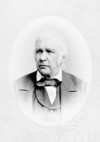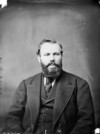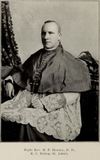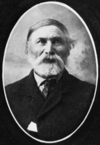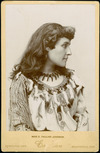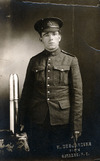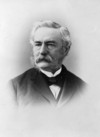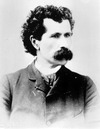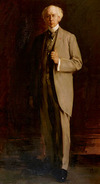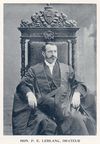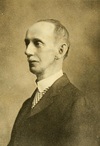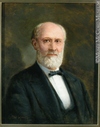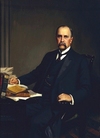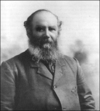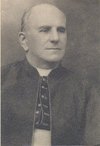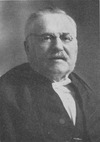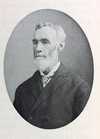July 1831 in the first frame-house erected in what became Springville, N.S., one of the ten children of John Holmes
. 25 Sept. 1843 in St John’s, son of Richard Howley and Eliza Burke; d
Oxford House (Man.), third child of John Isbister and Frances Sinclair; m. 1 Jan. 1859 Margaret Bear at “Nepowewin Station” (Nipawin, Sask.), and they had at least 16
Cross Society, to encouraging recruitment, and to visiting training camps and hospitals. Rabbi Max John Merritt of Montreal, in a eulogy delivered at his funeral, would attribute to Jacobs’s inspiration
Hay Johnson was a great-grandson of John Johnson of Yorkshire, England, who in 1775 emigrated to Nova Scotia to take up a grant of land in the fertile Horton Township. In the second decade of the 19th
, Johnson was native by birth, her father being a Mohawk of the wolf clan. The great-granddaughter of Tekahionwake (Jacob Johnson), whose name she would later adopt, and the granddaughter of John “Smoke
French Canadian soldier to be given this honour. Streets, buildings, and even a mountain still bear his name and keep his memory alive
public works in the Baldwin*–La Fontaine* government, and John
Cormier*].
In 1885, with Peter John Veniot* and others, Landry founded the
liaison was the most famous in Canadian political history. Their letters bear witness to a genuine love, but was it platonic? No one knows for certain. It was rumoured at the time, though never confirmed
1892.
During these years as a back-bencher, Leblanc was involved in every battle. He defended the stance of Sir John A
brought the critical spirit to bear with the rigour of an intellect that rivalled some of Europe’s finest minds. From 1871 to the turn of the century he was active in the Ottawa Literary and Scientific
lairds bearing the title Glenaladale. In 1772 he transported over 200 Highlanders to St John’s (Prince Edward) Island, where he had purchased 20,000 acres of farm land. His son Donald, who became a
Mackenzie. During the same sojourn in England he also spent some time at University College, London, in the physiology laboratory of John Scott Burdon-Sanderson and Edward Albert Schafer. In 1881 he returned
pathology, expanded his clinical activities, and again showed his remarkable capacity for promoting cooperation and inspiring disciples. By the time the new Johns Hopkins Hospital, Baltimore, began to look
.
From Fort Good Hope, Petitot made eight trips in the Great Bear Lake region between 1865 and 1879, including two unsuccessful missionary sojourns among the Mackenzie Inuit near the Arctic Ocean. He later
. 13 July 1859 Sarah Anne Edleston Farrar in Sowerby, near Halifax, England, and they had three sons and three daughters; d. 27 Jan. 1914 in St John’s
as a way of bringing pressure to bear on provincial governments that were slow to grant public lands to the country’s settlers.
Strategies for
District Grammar School, Hugh was admitted to Osgoode Hall as a student in 1842 and read law with John Wilson*. He was called to the bar in November
Rosebrugh, of uel descent and a Wesleyan Methodist, began medical studies at the age of 18 at John




